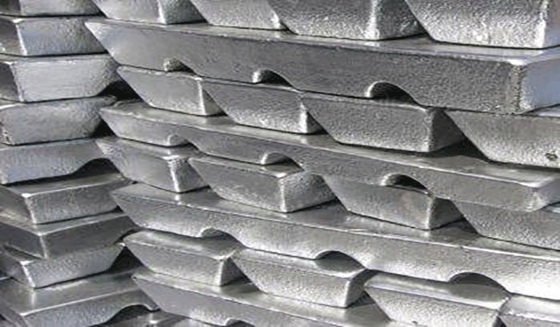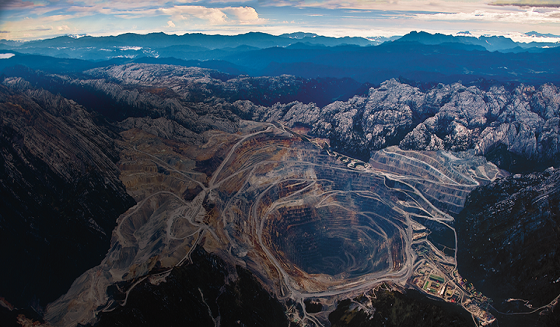
Private capital rotating into mining and metals
January 17, 2017
Glencore sees zinc, nickel, copper price rally continuing
March 8, 2017Silver futures prices moved higher again on Thursday with March delivery contracts hitting the highest level since November 11 last year. At $18.09 an ounce, silver is up 11.4% since the start of the year and trading 32% for the better compared to the same time last year. Silver is now also close to wiping out all its losses since the US presidential election pulled the floor from under precious metals.
But a new study suggests the metal’s good run may be coming closer to the end. In a research note, Capital Economics, says silver may fall victim to the rally in zinc (up 94% over the past year) and lead (+45%) due to the fact that silver as a byproduct of mining these base metals is the biggest source of supply.
Only around 30% of annual supply comes from primary silver mines while more than a third is produced at lead/zinc mines operations and a further 20% from copper mines.
Zinc’s rally from multi-year lows were on the back of major mine shutdowns with total production going offline since 2013 of more than one million tonnes.
BHP Billiton, Glencore and Nyrstar also lowered output at base metal operations last year which coupled with disruption of production at primary silver mines translated into the first fall in annual mine supply in nearly a decade (down 2% in 2016 according to Capital Economics estimates).
Commodities economist Simona Gambarini says on paper there could be an even bigger decline in output this year but “there is a risk that further down the line, some of the production might come back owing to higher prices”:
Indeed, several zinc miners have already announced their intention to restart some of their idled operations over the coming months and with zinc and lead prices having climbed further since the start of the year, we think that other miners might follow suit.
Capital Economics predicts an end-2017 price for silver of $14.50. That’s a nearly 20% fall from today’s price. For end-2018 the forecast is for silver trading at $17.50 per ounce.




